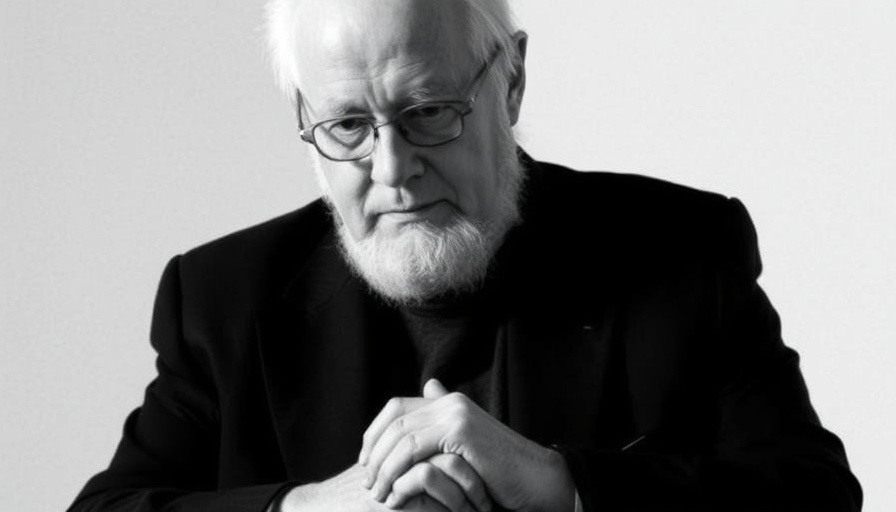
Russell Simmons Takes Legal Action Against HBO Over Defamation Claims
Music executive Russell Simmons has filed a lawsuit against HBO and the filmmakers of the 2020 documentary On the Record, which details allegations of sexual abuse against him. In the lawsuit, Simmons alleges defamation, seeking $20 million in damages. The documentary, directed by Amy Ziering and Kirby Dick, highlights accusations from several women who claim they were sexually assaulted by Simmons in the 1980s and 90s. Despite the serious nature of the allegations, Simmons has consistently denied any wrongdoing.
The Controversial Documentary: What We Know
On the Record has stirred up significant conversation regarding the #MeToo movement, especially as it relates to the music industry. The documentary expands on investigative reporting from prominent outlets such as the New York Times and Hollywood Reporter, shedding light on the darker aspects of fame and power dynamics. Simmons argues that the filmmakers disregarded critical information and failed to present his side of the story, alleging that they suppressed evidence supporting his claims, which he believes damages his reputation unjustly.
The Legal Landscape of Defamation
Current legal definitions around defamation, especially in New York, create unique challenges for Simmons's case. In New York, the statute of limitations for defamation claims is one year from the date of first publication. Given that significant time has elapsed since the documentary's release, Simmons's legal team will need to argue for potential "republication" in international markets. HBO's parent company, Warner Bros Discovery, has already dismissed the allegations as "unfounded" and maintains strong support for the documentary’s creators, indicating a potentially lengthy legal battle ahead.
The Role of Media in Shaping Public Perception
The conflict highlights the power that media holds in shaping public perception of individuals, particularly those in celebrity spheres. Media outlets are criticized for their role in creating narratives that can complicate or distort reality. Simmons’s claims present a counter-narrative to the accusations laid out in On the Record, illustrating how the media's portrayal can influence legal outcomes and public opinion.
Context of Allegations: How History Informs Current Events
The allegations against Simmons are contextualized within a broader narrative of sexual misconduct in various industries, particularly highlighted by the #MeToo movement. The music industry has faced tough scrutiny, and numerous artists and executives have confronted allegations similar to Simmons's. This cultural moment reinforces the significance of historical context in understanding these modern controversies, demonstrating how lingering issues from the past continue to resurface.
Public Reactions and Support for Survivors
Despite Simmons's legal actions, many advocates continue to voice support for the women involved in the documentary. Oprah Winfrey, who initially supported the film, withdrew her backing, citing inconsistencies. However, she publicly stated her ongoing support of the women involved, signaling a commitment within the entertainment industry to uphold the voices of survivors. This public outcry illustrates a larger shift towards accountability and awareness within industries that have historically overlooked women's stories.
The Future of Simmons and Industry Accountability
The future of Russell Simmons following this lawsuit remains uncertain. While he seeks to clear his name, the case represents a broader conversation about accountability within the music industry and the importance of believing survivors. As more allegations come to light, how the industry chooses to respond will likely shape both its future and the wider societal narrative surrounding these issues.
This lawsuit encapsulates the complexities of defamation, media representation, and public opinion, serving as a reminder of the long shadows cast by past accusations. Those interested in understanding the intersections of culture, media, and law in the context of the ongoing #MeToo movement will find Simmons's case not just a legal battle but a reflection of broader societal tensions.
Ultimately, the conversation surrounding Simmons's case raises important questions about justice, media ethics, and the need for ongoing discussions about sexual violence in society. For those following this story, it can serve as a lesson in the complexities of standing up against allegations and the powerful role of media in shaping narratives.
 Add Row
Add Row  Add
Add 




Write A Comment